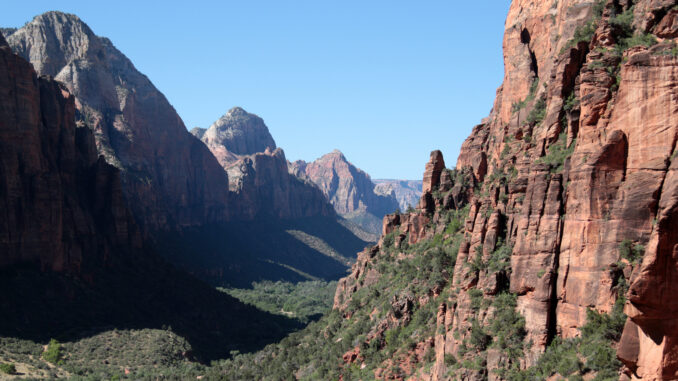
Visiting the United States’ national parks has long been a rite of passage for travel photographers from around the world. But a new executive order signed by President Donald J. Trump on July 3, 2025, is expected to significantly increase costs and restrict access for international visitors.
The order directs the National Park Service and the Department of the Interior to raise entrance and pass fees for non-U.S. residents while giving American citizens priority in reservation systems, permits, and select park services. For foreign travel photographers, the potential impact is both logistical and financial.
What the Executive Order Says
Under this directive, the National Park Service will implement higher entrance and pass fees for international visitors. Although exact amounts have yet to be determined, the policy clearly distinguishes between domestic and foreign park-goers. Additionally, U.S. citizens will receive priority access to reservations and time-sensitive opportunities, such as limited-entry hikes and sunrise permits at popular destinations.
Revenue from these surcharges is intended to help address the National Park System’s growing maintenance and infrastructure backlog, currently estimated at over $22 billion. Early projections suggest the policy could generate more than $90 million annually.
What This Means for International Travel Photographers
Foreign photographers should prepare for increased costs, particularly at high-traffic parks like Yellowstone, Yosemite, Zion and the Grand Canyon. While fees for U.S. residents are expected to remain unchanged — such as $35 per vehicle or $80 for an annual pass — international travelers may face additional surcharges ranging from $20 to over $100, depending on the park.
Access may also become more limited. Reservation systems for experiences such as sunrise at Haleakalā, hiking Angel’s Landing, or obtaining backcountry permits in Glacier National Park will prioritize U.S. applicants. For photographers who depend on precise timing and light conditions, this could result in lost opportunities or the need to plan far in advance to secure access.
These changes may prompt foreign photographers to reevaluate their itineraries and budgets. Multi-park trips — often designed to maximize the value of travel — could become less feasible. Freelancers and editorial photographers may need to adjust pricing models or seek additional support from publications, brands, or grant programs to absorb higher costs.
While some supporters argue the policy will lead to improved infrastructure — such as better-maintained trails, roads, and facilities — critics note that the executive order accompanies significant cuts to the National Park Service’s budget and staffing. This raises questions about whether the additional revenue will be enough to make substantial improvements in the short term.
What to Do If You’re Planning a U.S. Parks Photography Trip
With implementation details still in development, international photographers should closely monitor official updates from the National Park Service. Securing permits and reservations early will be crucial, particularly for high-demand sites during peak season.
Collaboring with a U.S.-based partner or assistant may help navigate permits systems more efficiently. It may also be worthwhile to consider alternative photo destinations, including national monuments, state parks, national forests, and Bureau of Land Management (BLM) lands, which are not currently subject to the new policy. Be sure to budget for additional expenses such as parking fees, shuttles, and potential surcharges to avoid surprises on the ground.
Industry Reactions
The international photography community has expressed concern over the proposed fee increases and access restrictions. Many professionals worry that these changes could create financial and logistical barriers for non-U.S. photographers seeking to document America’s public lands. There is growing apprehension that the policy may limit creative engagement with U.S. landscapes and reduce opportunities for cross-cultural storytelling.
At the same time, some in the tourism and conservation sectors support the move, arguing that international visitors should help fund the maintenance of national parks — especially given the current reliance on U.S. taxpayer dollars. However, most agree that the policy’s success will depend on clear implementation and transparent use of the additional revenue.
Stay Tuned
For now, uncertainty remains the biggest challenge. The executive order leaves many unanswered questions: Which parks will be affected? How much will the new fees cost? When will the changes take effect? Until those details are clarified, foreign travel photographers planning U.S. trips in 2025 and beyond should proceed with caution, remain flexible, and stay informed through reliable sources.
